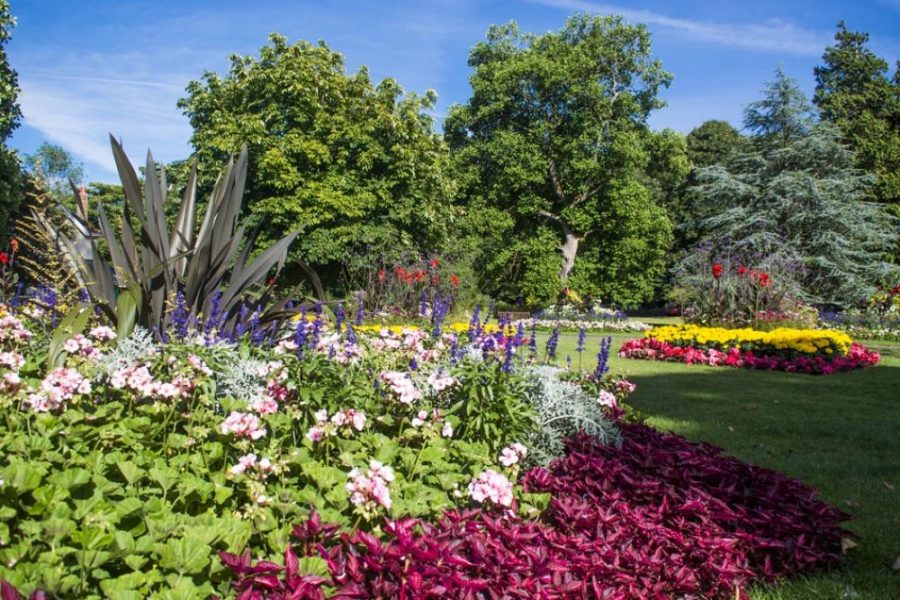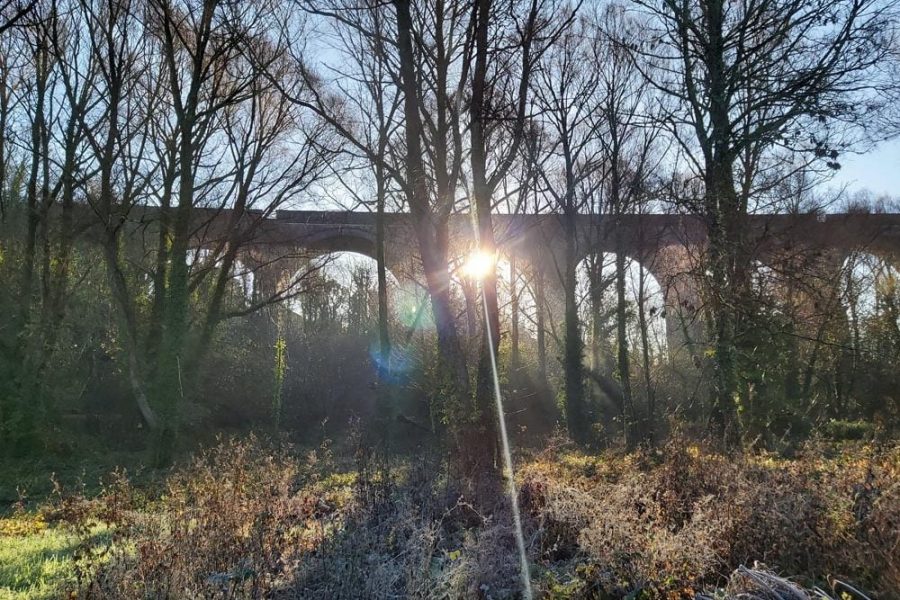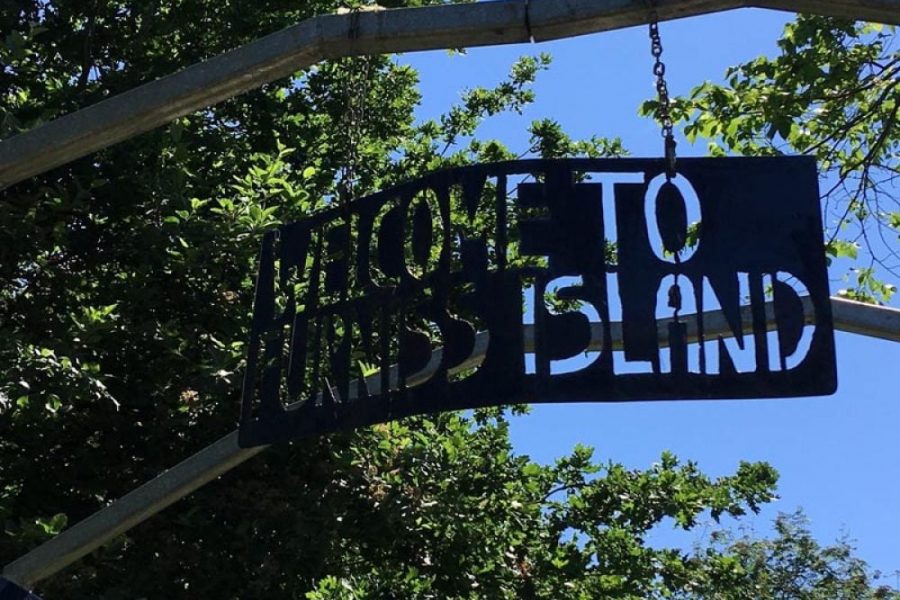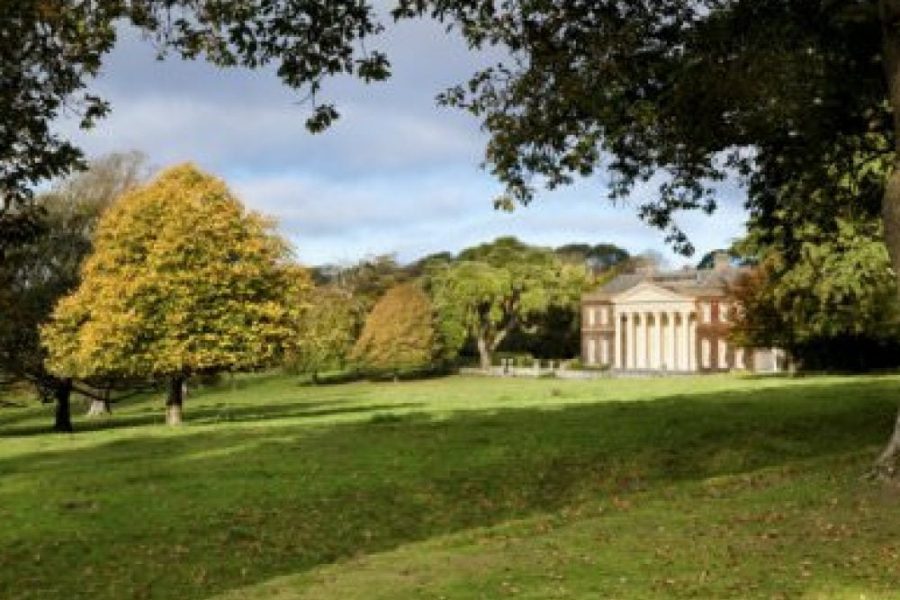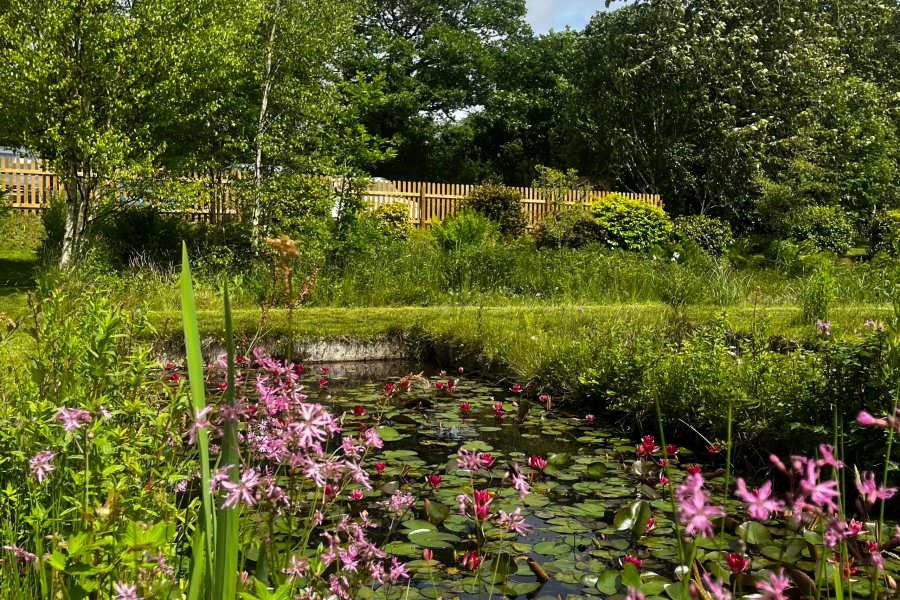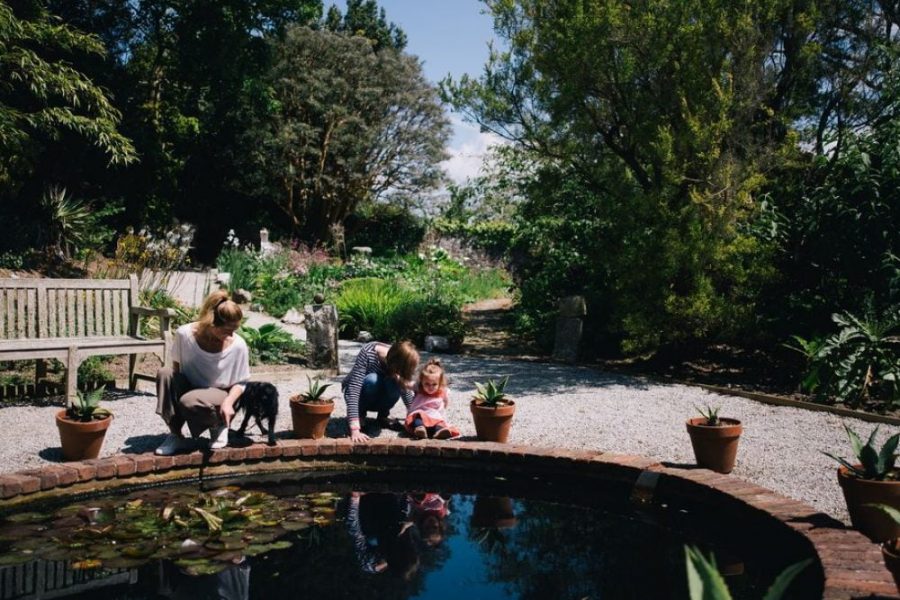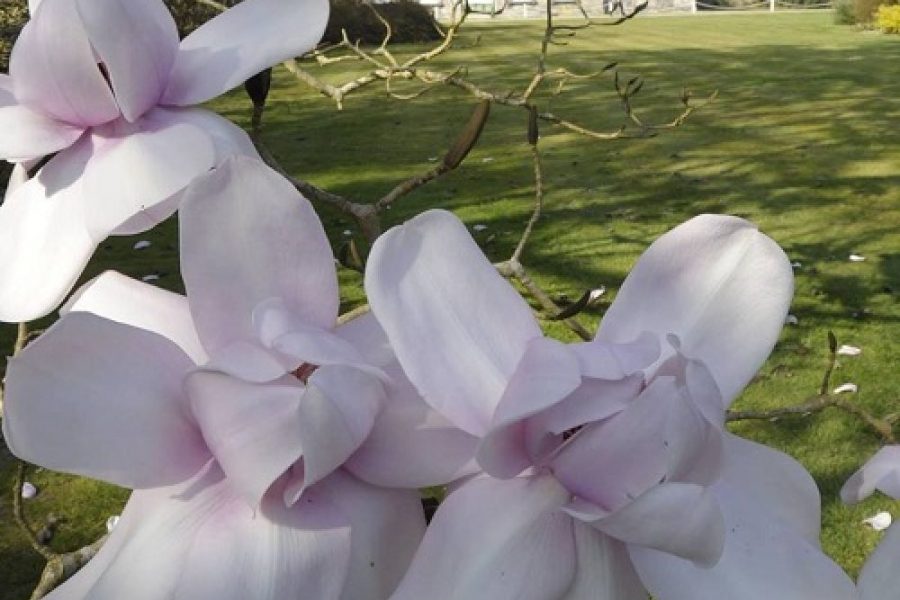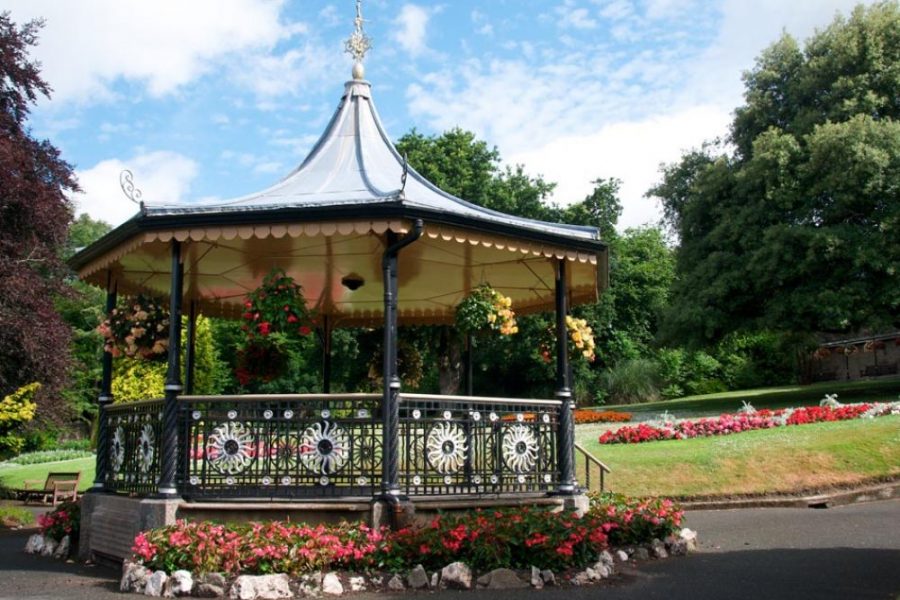Glasteinan Woods
Share with others:


A small section of semi-native broadleaved woodland
Glasteinan Woodland is our best kept secret.
Nestled behind the Beechwood Parc housing estate, the Glasteinan Woodland is a small section of semi-native broadleaved woodland.
The woodland is a haven for wildlife, including many mammals, birds, invertebrates, and a host of wildflowers.
There is a footpath running parallel to the River, and a circular footpath around the top of the woodland.
Four-legged friends can also enjoy a stroll through the woodland, though we ask that dogs are kept on leads.
Address:
Beechwood Parc
Truro
TR1 1FA
View parks and gardens:
Boscawen Park
The favourite park of Truro’s children, here you will find the refurbished children’s natural play area with swings, slides, climbing equipment and sandpits.
Daubuz Moor
Offering a haven to wildlife within minutes of the city centre, the land known as Daubuz Moors was given to the citizens of Truro in 1977 to celebrate the Queen’s Silver Jubilee.
Furniss Island
Named after the popular Cornish biscuit company which once ran its factory in Truro overlooking this green area.
National Trust Trelissick
Trelissick House and Garden are positioned in one of the most spectacular locations with stunning views looking over the Fal River and towards Falmouth.
Penrose Water Gardens
Penrose Water Gardens was established over 40 years ago within a woodland valley on the outskirts of Truro in Cornwall. Includes 6 acres of marshland and woodland with over 40 lily ponds and informal nature ponds all fed by natural springs.
Trevince Estate Gardens
Trevince is a private country estate in the heart of Cornwall. It is open for booked groups of 12+ visitors to enjoy a stroll around their 18th century Walled Garden.
Trewithen Garden and House
Trewithen Gardens and House has been the home of the Hawkins Family since 1715. These internationally renowned gardens have a collection of rare trees and shrubs.
Victoria Gardens
Victoria Gardens is a hidden gem in Truro city centre. It is laid out on a steep south facing slope and is typical of late 19th century style of trees and shrubs.
